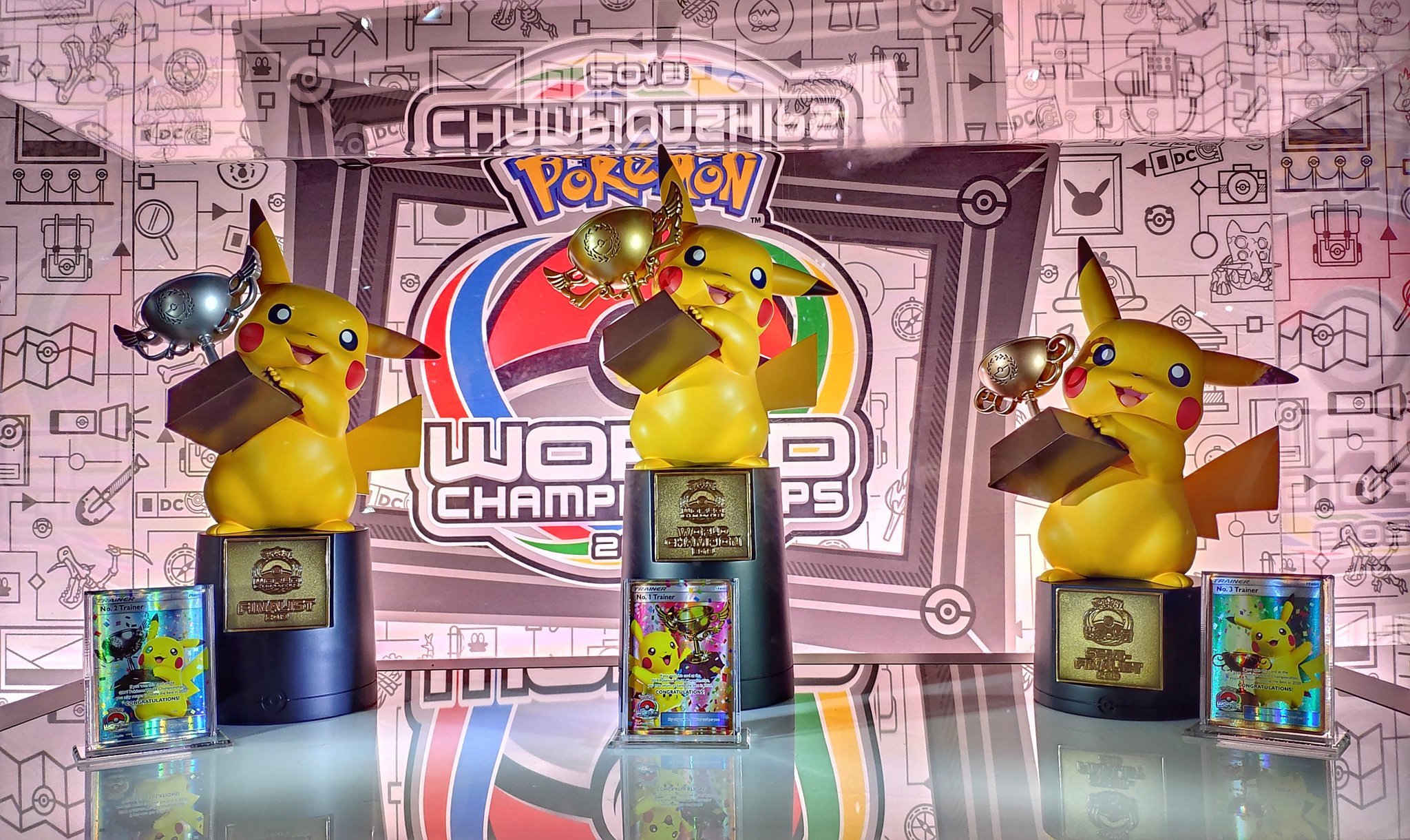
Details of Swiss and Top Cut
3min 14sec read
Written by Aaron Traylor
Most Pokémon tournaments have two stages: Swiss pairings, where all players play the same number of rounds and Top Cut, which only features the top players from Swiss. Only the winner of a set in Top Cut keeps playing in the tournament.
Swiss
What does "Swiss" pairings mean?
Swiss pairings mean you will always play someone with the same record as you, with rare exceptions.
In the first round, you can play anyone in the tournament.
If you won your first round, you'll play someone who also won their first round. If you lost, you'll play against someone who also lost.
How many Swiss rounds will there be at this tournament?
The number of Swiss rounds at a tournament are proportional to the number of players at that tournament.
You can find the cutoffs here.
What does "Day 2 Swiss" mean?
Sometimes (at Internationals), there is an extra stage of Swiss pairings before Top Cut. These events are usually structured like so:
Day 1 Swiss: All players play.
Day 2 Swiss: Only the top players (ie. Top 32, Top 64, etc.) play an extra amount of Swiss rounds (usually 5-6).
Day 2 Top Cut: The top players from Day 2 Swiss advance to the final Top Cut bracket (normally 8 players), and play until there are only 2 players left in the tournament.
Day 3 Finals: The final 2 players play on the big stage.
The players that qualify to Day 2 will either be those who emerge from Day 1 Swiss with 2 or less losses, or the top 32 players, whichever means more people play in Day 2.
Top Cut
What is Top Cut?
Top Cut is the final stage of the tournament which decides the tournament's winner. It is typically single elimination, best of 3– if you lose a set, you're out. Top Cut players get a seed based on their final Swiss performance, and a bracket is made.
Who makes Top Cut? How is the number of rounds determined?
The players at the top of the final Swiss standings advance to Top Cut. The number of people who advance are typically between 4 and 32 players (depending on tournament size). For Worlds and certain Internationals, it's all players who finish the last round of Swiss with 2 or less losses.
What is the tiebreaker?
The first tiebreaker is round wins: the number of best of 3 battles that you've won. This is the chief metric which determines who makes Top Cut. There are no ties, with extremely rare exceptions.
The second tiebreaker is opponents' win percentage: that's the percentage of best of 3 battles that your opponents won. This number is also called resistance. For example, an opponent that finishes with 4 wins and 4 losses would have a win percentage of 50%, regardless of if you beat them or not. (The tournament software automatically calculates this. There are some edge cases, detailed below.)
The second tiebreaker is opponents' opponents' win percentage: that's the number of best of 3 battles won by the battlers that your opponents played against.
Tiebreaker edge cases
You don't need to know these numbers off the top of your head, but for completeness' sake:
Byes count as an opponent with 100% win percentage (ie. an opponent who won all their games).
At minimum, an opponent will count for 25% win percentage. (If an opponent loses all of their games, their win percentage will be 25%.)
You cannot intentionally tie a game, or risk disqualification from the tournament. The only way to tie a game legally is if the game time expires and the game displays a Tie message on the victory/loss screen: this happens when both players have the same number of Pokemon, with the same HP percentages. It's happened once or twice before. Do not attempt to pull this off on purpose.

